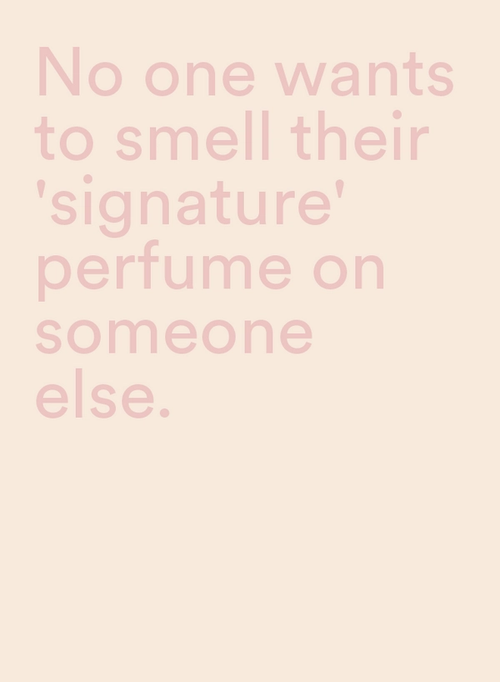
Blog
Layering: How to create your unique perfume
Fragrance Mixing. Perfume layering. Fragrance cocktail. Whatever you call it, the art of wearing two or more perfumes together is an under-the-radar technique that has been around for centuries. Layering your perfume is a sure-fire way to create a unique fragrance.
What are the advantages?
A unique perfume shows the personality of someone. Layering gives the possibility to mix a perfume that suits you perfectly.
How do you layer perfumes?
Layering doesn't necessarily mean spraying two perfumes directly on top of each other. In fact, you're layering when you apply a scented lotion after showering and then a perfume. Or you can spray one perfume on your wrists and another on your neck. Laying is pretty open to interpretation, it's all about trial and error. That being said, there is one rule which is important to keep in mind. Always apply the heaviest fragrance first.
Which perfumes go well together?
To understand how best to pair your perfumes, you must first understand the different layers in perfumes. The top note is what you smell when you first spray, it is composed of sparkling and vibrant fresh notes. The heart note is the heart of perfume and is usually warmer and softer. Finally, the base note is what comes last and stays with you for hours after the top notes have faded.


Keep this information in mind when you start combining your perfumes. If you've never layered perfumes before, try combining two that have a similar tone and work up from there. Or, if you're feeling adventurous, try combining two or more opposite perfumes, one spicy and one vanilla, for example. There is no right or wrong. If it is easier, think of matching your fragrances like cooking. Some flavours compliment or extenuate while others clash.
Which perfumes should you avoid?
If you are very nervous about causing "what is this smell?" moments, keep this in mind: avoid combining two perfumes that are too dark and intoxicating - they can be overwhelming when used together.
Source: Byrdie